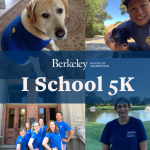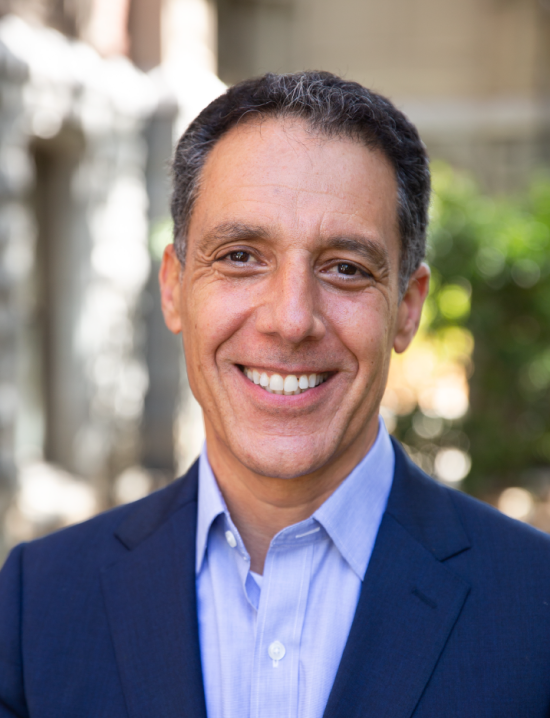From NewScientist
Realism of OpenAI’s Sora video generator raises security concerns
By Jeremy Hsu
OpenAI has unveiled its latest artificial intelligence system, a program called Sora that can transform text descriptions into photorealistic videos. The video generation model is spurring excitement about advancing AI technology, along with growing concerns over how artificial deepfake videos worsen misinformation and disinformation during a pivotal election year worldwide.
The Sora AI model can currently create videos up to 60 seconds long using either text instructions alone or text combined with an image. One demonstration video starts with a text prompt that describes how “a stylish woman walks down a Tokyo street filled with warm glowing neon and animated city signage”. Other examples include a dog frolicking in the snow, vehicles driving along roads and more fantastical scenarios such as sharks swimming in midair between city skyscrapers.
“As with other techniques in generative AI, there is no reason to believe that text-to-video will not continue to rapidly improve – moving us closer and closer to a time when it will be difficult to distinguish the fake from the real,” says Hany Farid at the University of California, Berkeley. “This technology, if combined with AI-powered voice cloning, could open up an entirely new front when it comes to creating deepfakes of people saying and doing things they never did...”
Hany Farid is a professor in the Department of Electrical Engineering & Computer Sciences and the School of Information at UC Berkeley. He specializes in digital forensics.









